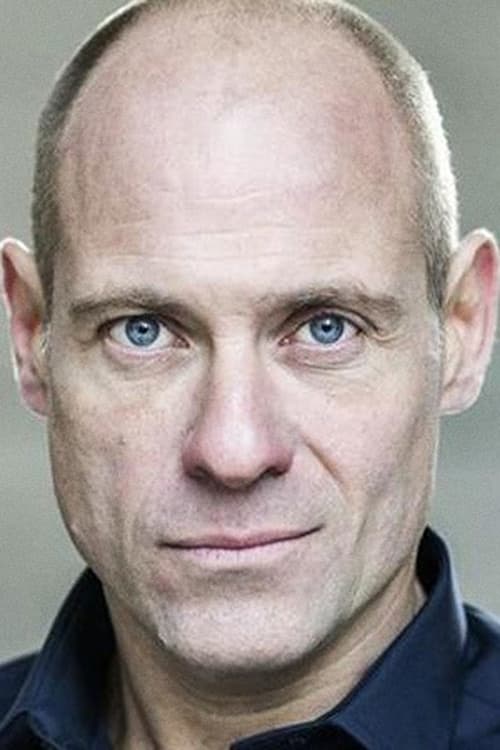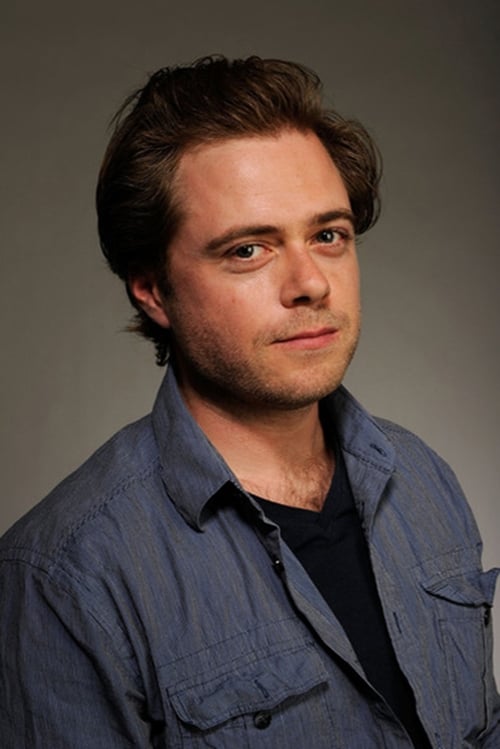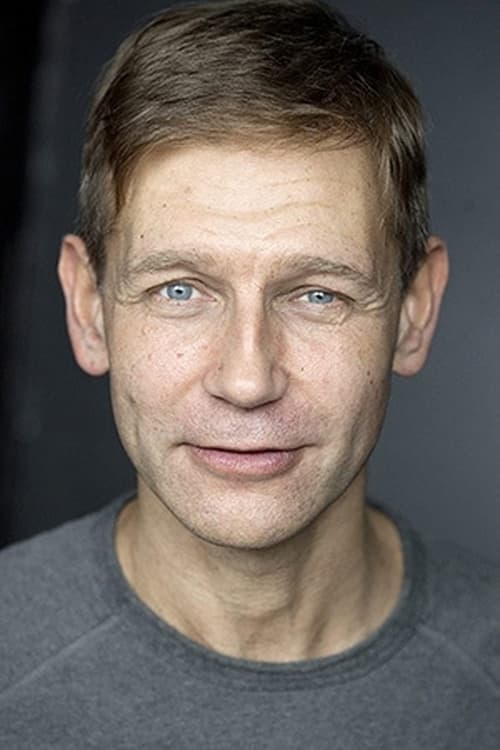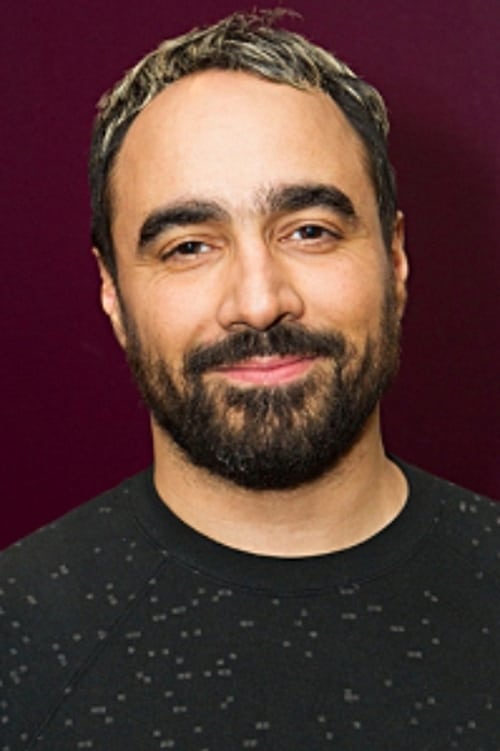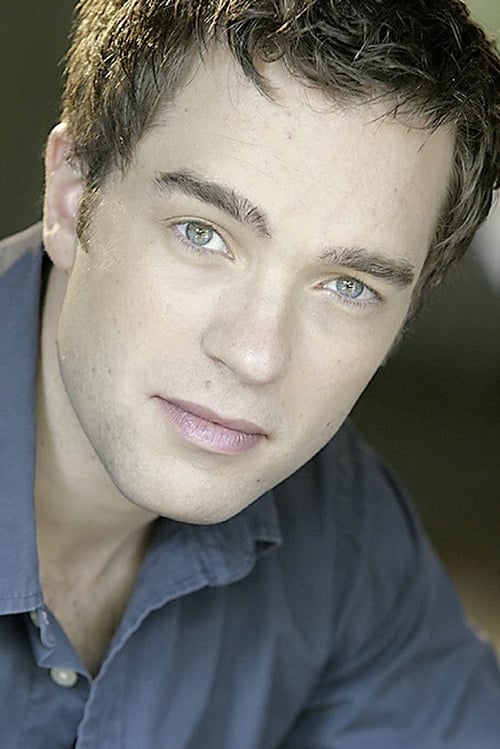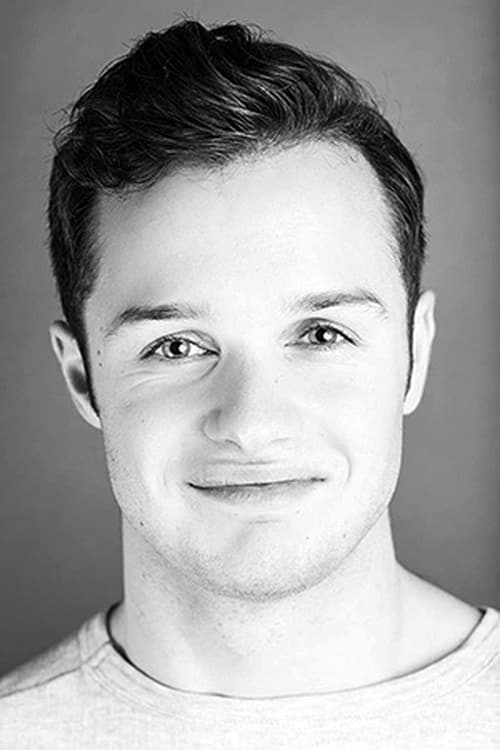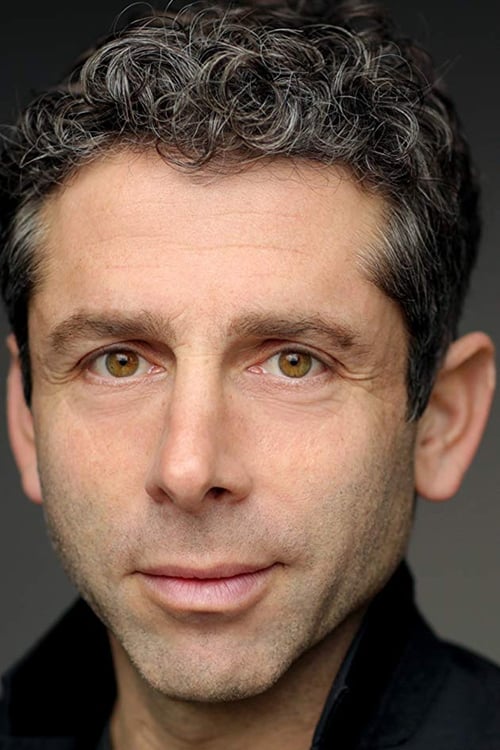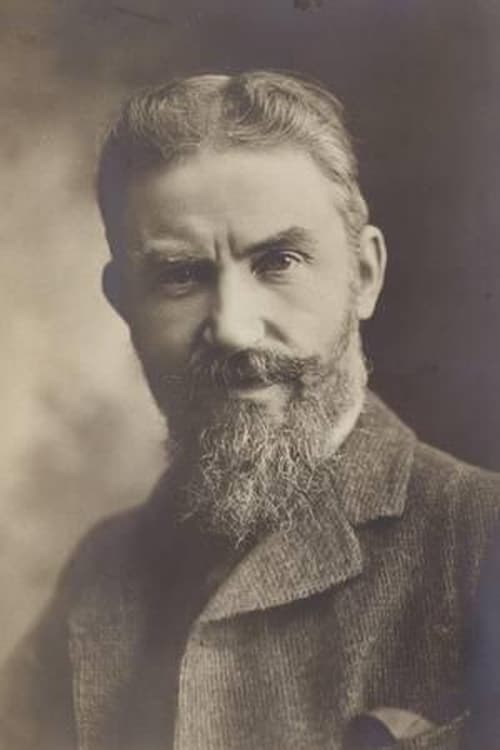National Theatre Live: Saint Joan (2017)
Joan: daughter, farm girl, visionary, patriot, king-whisperer, soldier, leader, victor, icon, radical, witch, heretic, saint, martyr. Woman.
ジャンル : ドラマ
上映時間 : 2時間 45分
演出 : Tony Grech-Smith, Josie Rourke
シノプシス
Josie Rourke directs Gemma Arterton as Joan of Arc in Bernard Shaw's electrifying classic. Performed at the Donmar Warehouse, and part of the NT Live series of broadcasts.
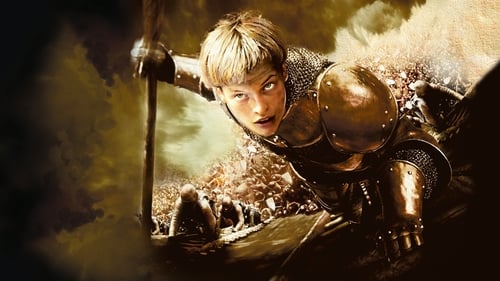
百年戦争下のフランス。人並み外れて信仰心豊かな少女、ジャンヌ・ダルクは、ある日自らの村をイングランド軍に焼き討ちにされ、目の前で姉を虐殺されるという悲劇に見舞われる。心に傷を負い、教会の神父にやり場のない感情をぶつけるジャンヌ。彼女のあまりの悲しみを目の当たりにした神父は彼女に「いつか神が、お前を必要とする日が来る」と言う。そして数年後、フランス王家の元に、ジャンヌからの手紙が届く。

In the 15th Century, France is a defeated and ruined nation after the One Hundred Years War against England. The fourteen-year-old farm girl Joan of Arc claims to hear voices from Heaven asking her to lead God's Army against Orleans and crowning the weak Dauphin Charles VII as King of France. Joan gathers the people with her faith, forms an army, and conquers Orleans.
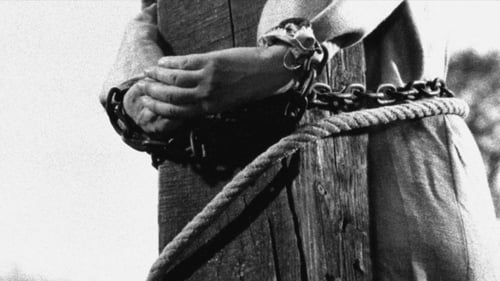
1431年、百年戦争の最中、ノルマンディーのルーアン(Rouen)。オルレアンの乙女 "ジョーン・オブ・アークは、敵対するフランス軍に捕らえられ、敵であるイギリス軍が監督する教会裁判所で不当な裁判にかけられる。
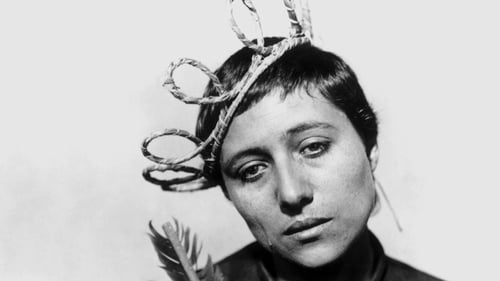
ジョゼフ・デルテーイの小説版による“ジャンヌ・ダルク裁判”の物語で、間違いなくサイレント映画の一つの到達点だろう。“悪魔の子”とされ拷問を受けるジャンヌが苦しみに一度は屈服し、囚人として髪を刈られるシーンの厳しさ(実際に髪を切られ涙するクローズ・アップ)、そして自分を持ち直し、あえて火刑台に向かい火にかけられ、苦悶に顔を歪める瞬間、見る者をも貫く痛み(これも鮮烈なクローズ・アップで表現される)。
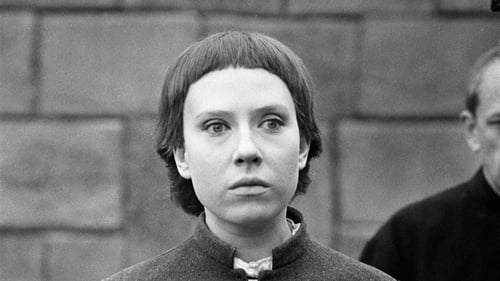
A talented girl from the provincial Russian town Pasha Stroganova dreams of becoming an actress. She plays the role of Baba Yaga in the amateur theatre — and does it so organically that the visiting filmmaker offers her the most difficult role in the historical drama about Joan of Arc. She was given not only great acting talent, but the talent of deep, selfless love. A dream comes true: she is invited to the main role, and she begins a completely different life, full of real creative torment, insights and true happiness.
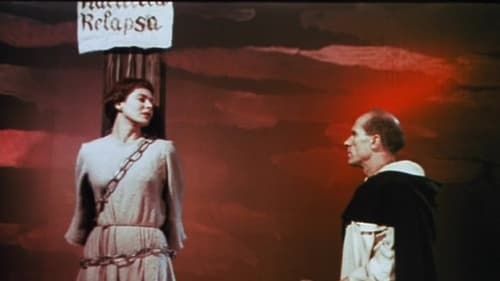
イタリア映画の巨匠ロッセリーニが、フランスの作曲家オネゲルの劇的オラトリオ『火刑台上のジャンヌ・ダルク』を映像化。ジャンヌに扮したバーグマンの渾身の演技が見もの。
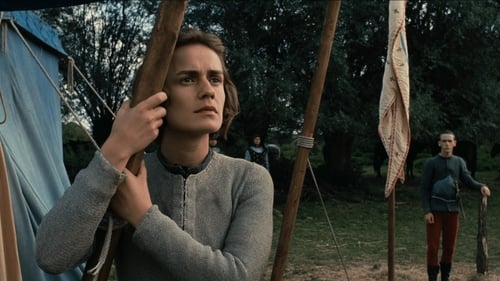
「彼女たちの舞台」などで知られるヌーヴェル・バーグのJ・リヴェットが、15世紀フランスに実在した非運の英雄、ジャンヌ・ダルクの波乱に満ちた生涯を、前編の本作と、後半の「ジャンヌ/薔薇の十字架」の全編約四時間に及ぶスケールで描いた超大作。本編では神の啓示により、自らが王国を救う使命を帯びた存在であることを知った彼女が、王太子シャルルの信頼の下、オルレアンを解放するまでを描く。
尚、本編はオリジナルより約一時間短い二時間の短縮バージョンである。真の完全版は「ジャンヌ・ダルク/I戦闘 II牢獄」としてこの後に公開されている。
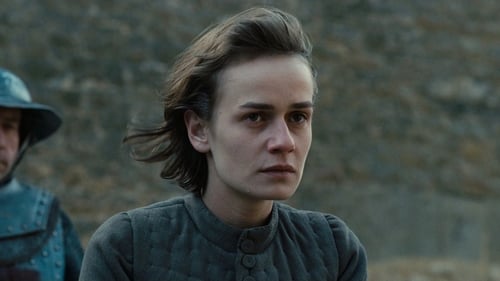
前編「ジャンヌ/愛と自由の天使」に続く後編。ジャンヌ・ダルクの活躍により王座に就いたシャルル。彼女は尚も祖国のため戦いを続けるが、やがて貴族たちの不満を買い、教会による不当な裁判によって火あぶりの刑に処せられ、その波乱に満ちた壮絶な生涯を閉じる。製作費に460万ドルをかけ、壮大なスケールで歴史的事実を史実に忠実に描いた本作は、アカデミー特別賞、撮影賞、衣装デザイン賞を受賞した。
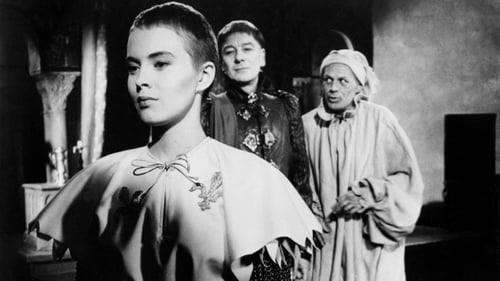
Young Joan of Arc comes to the palace in France to make The Dauphin King of France and is appointed to head the French Army. After winning many battles she is not needed any longer and soon she is thought of as a witch.

NYPD Detective Sara Pezzini's main goal in life was to bring down Tommy Gallo, the hitman who killed her father, her best friend, and eventually her partner. While chasing down one of Gallo's thugs, she acquires the Witchblade, an enchanted armored glove once used by Joan of Arc that deflects bullets, extends into bladed weapons, produces visions, and neatly compacts itself into a bracelet.

This relatively straightforward dramatic biography was one of two films commissioned to honor Joan of Arc on the 500th anniversary of her death, but it was soon undeservedly relegated to obscurity in favor of Carl Dreyer's triumphant 'La Passion de Jeanne d'Arc'. The comparison is unfair: Dreyer was an artist, but director Marco de Gastyne certainly proved himself a distinguished craftsman, and his emphasis on the Maid of Orléans early life in Domrémy serves as a picturesque, matching bookend to Dreyer's impassioned courtroom drama.

Joan of Arc and Dorothy of Kansas become one thanks to Hildegard von Bingen.

An actress rehearses behind closed doors scenes from the trial of Joan of Arc, confronted with the view that spectators have character.

France, 1425. In the midst of the Hundred Years’ War, the young Jeannette, at the still tender age of 8, looks after her sheep in the small village of Domremy. One day, she tells her friend Hauviette how she cannot bear to see the suffering caused by the English. Madame Gervaise, a nun, tries to reason with the young girl, but Jeannette is ready to take up arms for the salvation of souls and the liberation of the Kingdom of France. Carried by her faith, she will become Joan of Arc.
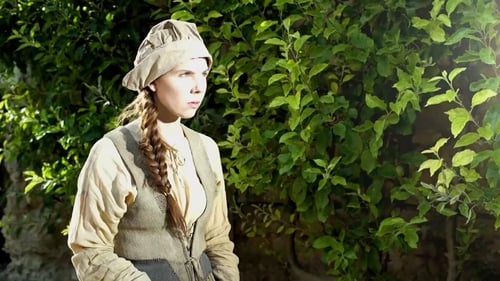
Could a nineteen-year-old girl change the course of history simply by faith? From ordinary farm girl to extraordinary hero, the life of Joan of Arc was one of conviction and courage. Fifteenth-century France was devastated by an ongoing war in which women did not fight. Yet Joan heeded the counsel of angels and transformed into a military leader, something her country needed but many feared. In this BYUtv original special, discover the stalwart spirit, military prowess, and enduring influence of Joan of Arc.
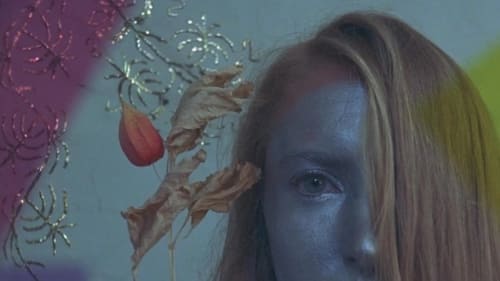
According to an English legend, Joan of Arc never died at the stake. Her eyes were seared with hot pokers and she was deflowered by an English stud. She was then sentenced to wander on the battlefields, like a vulture, on the look-out for life and searching for any virgins left alive.

Inspired by Joan of Arc, Johanne follows a day in a life of the eponymous heroine. While set in medieval fantasy town, it explores the very current and urgent theme of preserving one’s humanity while struggling against inhumane environment, from modern feminist perspective.

In 1425, France needed a miracle. What it got was a warrior. This is the true story of a peasant girl who emerged to lead an army and change the course of history. This is a docudrama portrait of a legendary heroine's story as seen through her own eyes, based on her own testimony. Discover one woman's journey to free her nation, and inspire the world.


On November 17, 2012, Oscar-winning French actress Marion Cotillard joined the Barcelona Symphony and Catalonia National Orchestra for a performance of Arthur Honegger’s oratorio Joan of Arc at the Stake (Jeanne d'Arc au Bûcher) at the L'Auditori de Barcelona in Spain, broadcast live on Medici.tv. By Swiss composer Arthur Honegger, Jeanne d'Arc au Bûcher (1938) is an imposing oratorio. The libretto is a highly original creation by French poet and playwright Paul Claudel, who dramatises the last moments of the martyr's life. Originally written for actress Ida Rubinstein, the oratorio is written as a flashback in which Joan recalls her life, just before she dies. Honegger creates visually evocative ambiances and fills the orchestra with new sounds (saxophones, ondes Martenot). The initial prologue to the piece was added in 1944 as a symbol of the resistance during the Nazi occupation of France: again, Joan goes beyond her own story.


